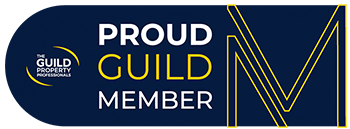We are often asked about what can and cannot be offset against revenues in relation to a residential buy-to-let investment. This can be a complex area, and we always recommend landlords seek specialist tax advice.
However, generally speaking, anything that could be regarded as a capital investment rather than an operational or maintenance cost cannot necessarily be offset against tax in its entirety.
For example, it would not be unreasonable to assume that the cost of furniture can be set against tax as it is necessary for a furnished let. However, whilst the initial cost of furniture and fittings may be allowable as an expense against capital appreciation, it cannot be offset against annual revenue, nor can any general improvement. Nevertheless, the cost of any subsequent replacement of these capital items may be claimed if this could be regarded as “maintenance”.
As long as you rent out your property for at least 26 weeks a year, then you should be able to deduct the interest on any loan used to buy the property (but not any additional lending if the property has subsequently been remortgaged for other purposes) although this concession is now capped at the basic rate of income tax, currently 20%. However, any capital repayment element of your monthly mortgage payment will of course only be deductible against capital when the property is eventually sold.
In essence, generally speaking, if an expense happens once, it is regarded as a capital input, but if it is ongoing, such as insurance, interest, letting agency management fees, white goods replacement, carpet cleaning or bi-annual redecoration, then this would constitute an operational cost and as such may be taken account of against revenues in your annual tax return.
Perhaps it’s not quite as complicated as the accountants would have us believe after all, but best to speak to them anyway!

